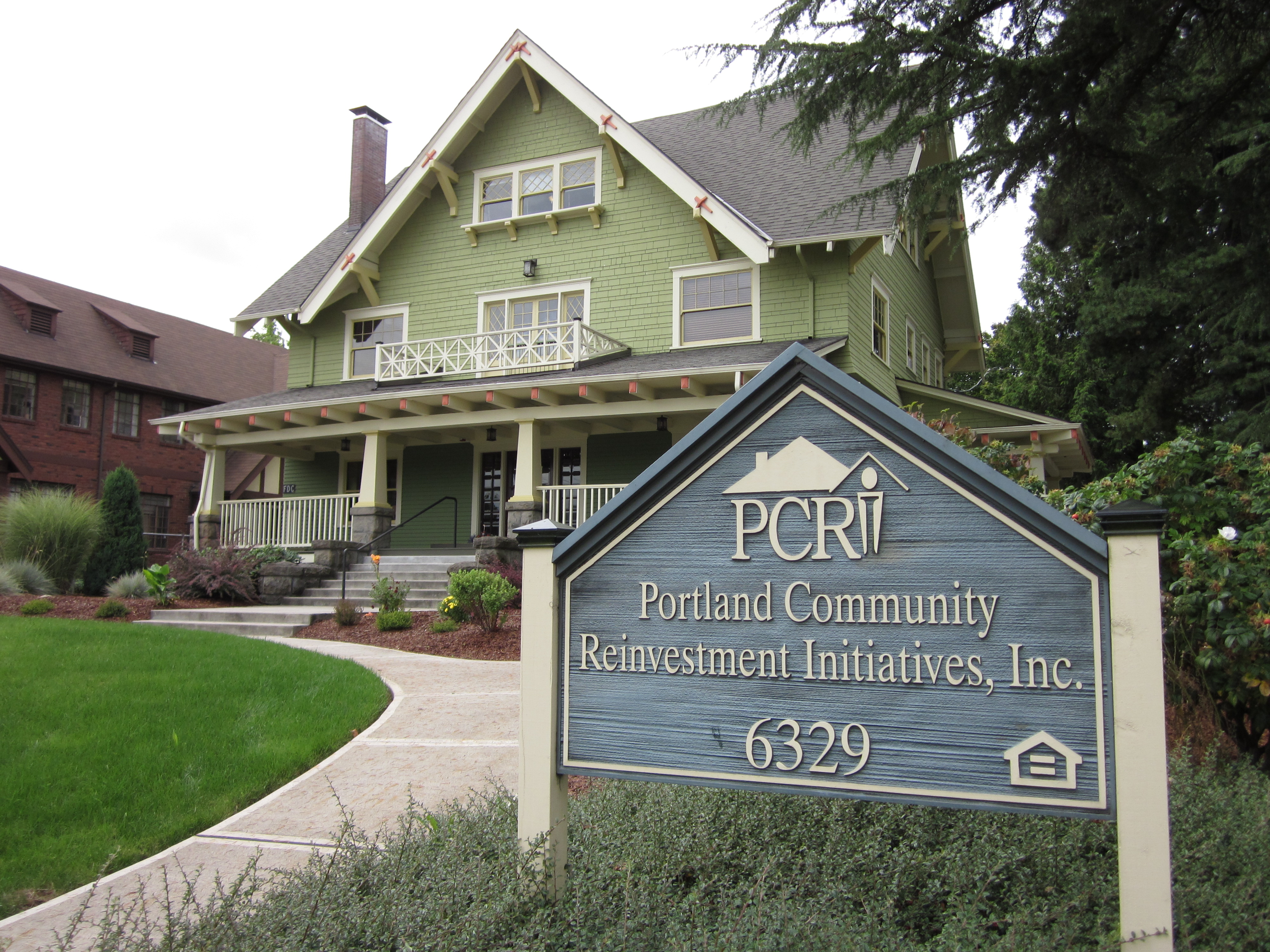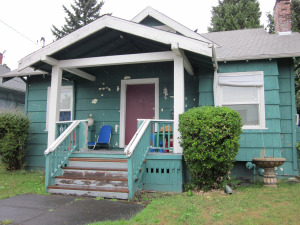 If you live in Northeast Portland, chances are that Portland Community Reinvestment Initiatives is one of your neighbors. As one of the largest community development corporations in North and Northeast Portland with 700 rental houses and apartments, PCRI helps define what our neighborhood is like.
If you live in Northeast Portland, chances are that Portland Community Reinvestment Initiatives is one of your neighbors. As one of the largest community development corporations in North and Northeast Portland with 700 rental houses and apartments, PCRI helps define what our neighborhood is like.
The non-profit organization was born from the housing discrimination scandals of the ‘60’s through the ‘80’s such as redlining and the abandonment of the area by traditional lenders culminating in the Dominion Capital case where aspiring homeowners were being bilked with excessive interest rates and contracts designed to prevent the accumulation equity. PCRI executive director, Maxine Fitzpatrick sat down with me to discuss PCRI’s mission, operations, and recent incidents at one of their complexes. Ms. Fitzpatrick explained how PCRI set out to keep housing in the long-term, mostly minority residents’ hands and slow the wave of displacement taking place due to gentrification:
“The Oregonian did the exposé that exposed Dominion Capital and their fraudulent practices. After that exposé they filed for bankruptcy so rather than let those 350 families that were living in those properties be displaced and the properties picked up by speculators, they formed PCRI to purchase the homes. At the time about 70 of those properties still had an active land sale contract so our goal was to work with those families to make them legitimate owners and keep the other 272 as affordable rentals because that’s what they were at the time. So that’s how we were formed—to purchase that portfolio.”
King neighborhood, once overwhelmingly African-American and mostly poor by the late ‘80’s, is now much more diverse ethnically, economically, and culturally. With diversity, often comes strain and misunderstanding. While residents generally value the improvements in the housing that has come with the influx of new, younger, residents fixing up older homes, community development corporations strive to provide the most housing for the very limited available dollars. Standards for housing construction, maintenance and upkeep, as well as resident screening and oversight are set by the CDC which has a primary mission to provide housing for the surplus of those who cannot afford market rate options. As a result, homeowners and subsidized housing residents’ dreams of living in safe and peaceful neighborhoods sometime intersect with the jarring realities of life.

